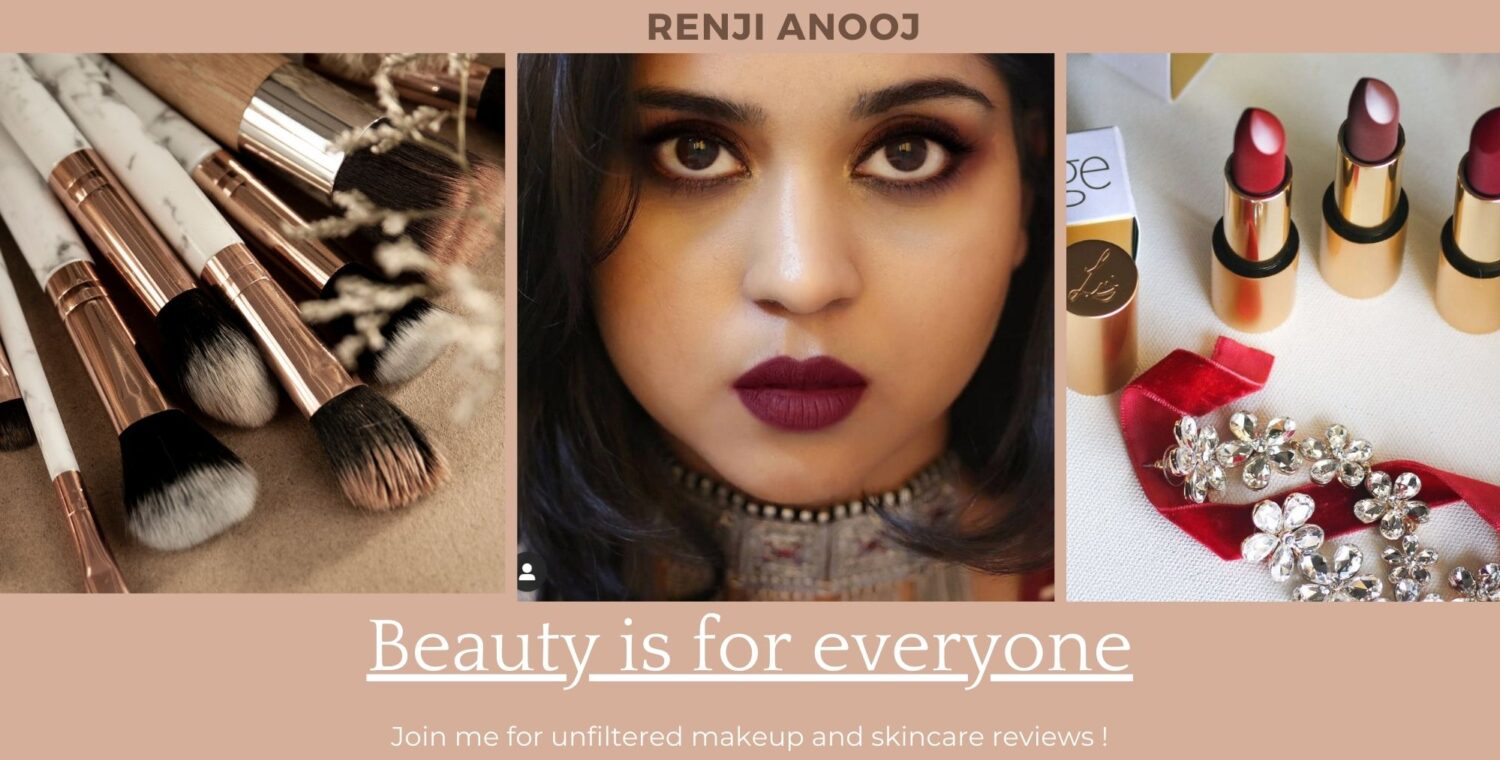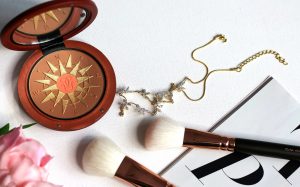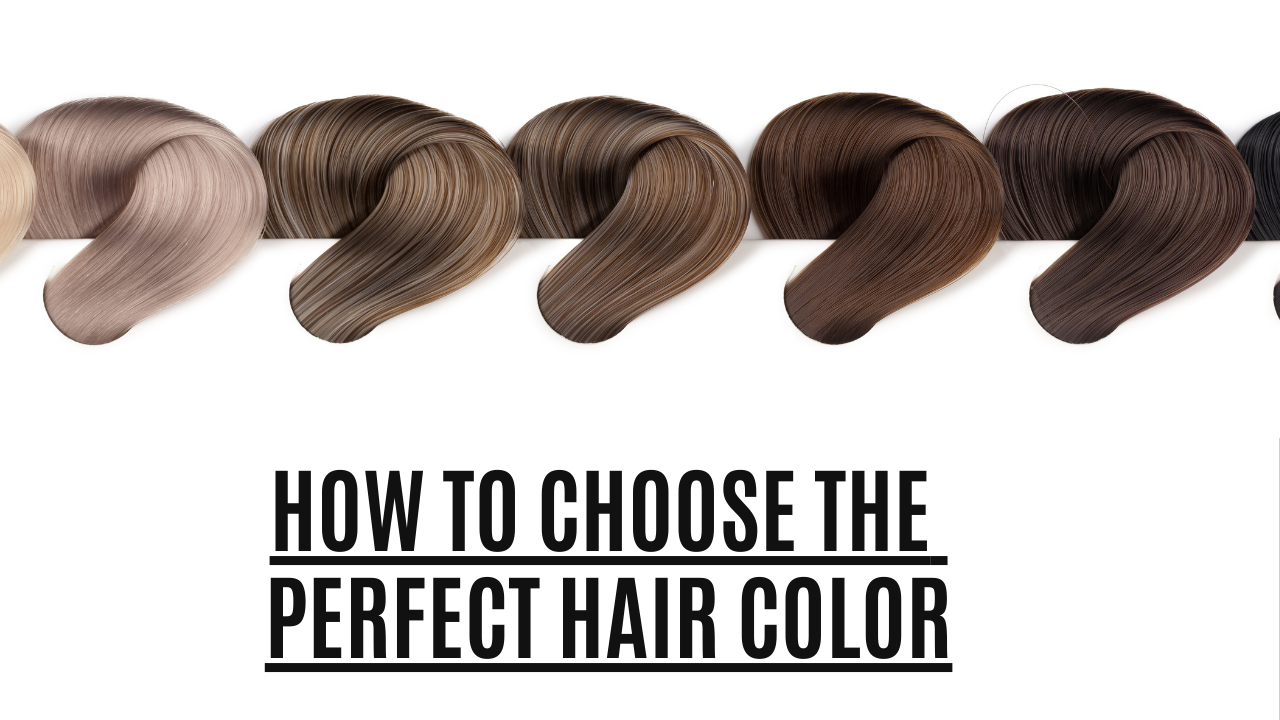In today’s world, the desire for vibrant, healthy-looking hair has led many individuals to consider natural hair colors as an alternative to traditional chemical dyes. Natural hair colors harness the power of botanical ingredients and offer several advantages over their synthetic counterparts. In this blog post, we will dive deep into what natural hair colors are and explore the remarkable benefits of incorporating them into your hair care routine.
Benefits of choosing natural hair colors:
Gentle and Non-toxic: One of the primary benefits of natural hair colors is their gentle and non-toxic nature. Unlike chemical dyes, they do not damage the hair shaft or strip away its natural oils. Instead, they work in harmony with your hair, ensuring minimal scalp irritation and sustaining the overall health of your tresses.
Vibrant and Natural Shades: Natural hair colors offer a wide range of shades, from dark black to rich browns, radiant reds, and even blonde hues. These colors give a natural-looking appearance that enhances your features and complements your skin tone.
Long-lasting Color: Contrary to popular belief, natural hair colors can provide long-lasting results. With proper application and aftercare, they can maintain their vibrancy for a substantial period of time. The colors gradually fade away naturally, leaving no harsh root lines, giving a graceful transition to your next color application.
Nourishes and Conditions Hair: Natural hair colors not only add color but also provide enriching benefits for your hair. The botanical ingredients used in these colors help nourish and condition the hair, leaving it feeling soft, silky, and lustrous.
Customize Your Color: Natural hair colors offer the flexibility to create customized shades. By blending different plant-based dyes, you can achieve a personalized color that suits your unique style and preferences.
Environmentally Friendly: Choosing natural hair colors is not just beneficial for you; it’s also environmentally friendly. Conventional hair dyes often contain harmful chemicals that can be toxic to aquatic life and pollute water sources. Natural hair colors minimize this environmental impact, making them a sustainable choice.
The beauty of natural hair color lies in its uniqueness and the factors that influence it. From understanding your hair’s shade and undertones to exploring different natural hair color options, there are several aspects to consider.
Identifying Your Natural Hair Color Shade:
Observe Your Hair Texture: Hair texture plays a significant role in identifying your natural hair color shade. Whether you have straight, wavy, or curly hair, examining the color from root to tip will help determine your hair’s innate shade.
Analyze Sun Exposure Effects: The sun’s UV rays can lighten or darken your hair over time. Analyzing the natural changes in your hair color due to sun exposure will give you a starting point for identifying your natural shade.
Exploring Different Shades of Natural Hair Colors:
Traditional Methods: Henna and Indigo have been used for centuries to dye hair naturally. Henna provides a range of red tones, while Indigo blends to create black or brown shades. Mixing both can yield various warm, natural tones. While traditional methods like Henna and Indigo have been used for hair coloring for centuries, they come with their fair share of disadvantages.
Applying Henna and Indigo can be a time-consuming process compared to modern hair coloring methods. The preparation of the mixture, application, and the required waiting time for the color to develop can take several hours. If you’re seeking a quicker hair coloring solution, traditional Henna and Indigo methods may not be the most convenient choice.
While Henna is known for its ability to impart vibrant color, it may not be as effective for covering gray hair. Gray or white hairs have a different structure and may not absorb the Henna pigment as effectively as natural hair. Consequently, using traditional Henna and Indigo methods may not provide the desired gray coverage.
Best Alternative to chemical hair dyes: Consider exploring modern plant-based dye options that offer a wider and more diverse range of color choices. Brands like Shesha Ayurveda NILINI Hair Color utilize natural extracts from plants, fruits, and herbs to create an extensive palette of vibrant shades. These plant-based dyes often provide more consistent and predictable results compared to traditional methods.
Plant-based dyes like Shesha Ayurveda NILINI offer a natural and eco-friendly alternative.
Protecting Your Hair Color from Fading:
Use Color-safe and Sulfate-free Products: Choose hair care products specifically designed for colored hair. This helps retain the vibrancy and longevity of your natural hair color.
Minimize Heat Styling: Excessive heat from styling tools can cause color fading. Opt for heatless hairstyles or use heat protectant products to shield your hair.
Deep Condition Regularly: Moisture is essential for preserving hair color. Use deep conditioning treatments to nourish and hydrate your hair, preventing color loss and maintaining its vibrancy.
Limit Exposure to Sun and Chlorine: UV rays and chlorine in swimming pools can strip away hair color. Wear protective headgear in the sun and use a swim cap or rinse your hair before swimming to minimize damage.
Understanding the factors that influence your natural hair color, from identifying the shade and undertones to exploring different natural hair color options, allows you to embrace and enhance your unique beauty. Whether you choose traditional methods like Henna and Indigo or opt for modern plant-based dyes like Shesha Ayurveda NILINI, the possibilities are vast. Remember to protect your hair color from fading by using color-safe products, minimizing heat styling, deep conditioning, and limiting exposure to sun and chlorine.
Conclusion:
Natural hair colors have gained popularity due to their numerous benefits and the increasing demand for safer and more eco-conscious hair care options. These colors offer a gentle and non-toxic alternative that provides vibrant, long-lasting results while nourishing and conditioning the hair. Embrace the journey of discovering and maintaining your natural hair color, expressing yourself authentically through your vibrant and healthy locks.
Remember to consult a professional stylist for guidance on choosing the right natural hair color and to perform a patch test before applying any new product to your hair.
If you have any questions or would like to share your experiences with natural hair color, feel free to leave a comment below!



